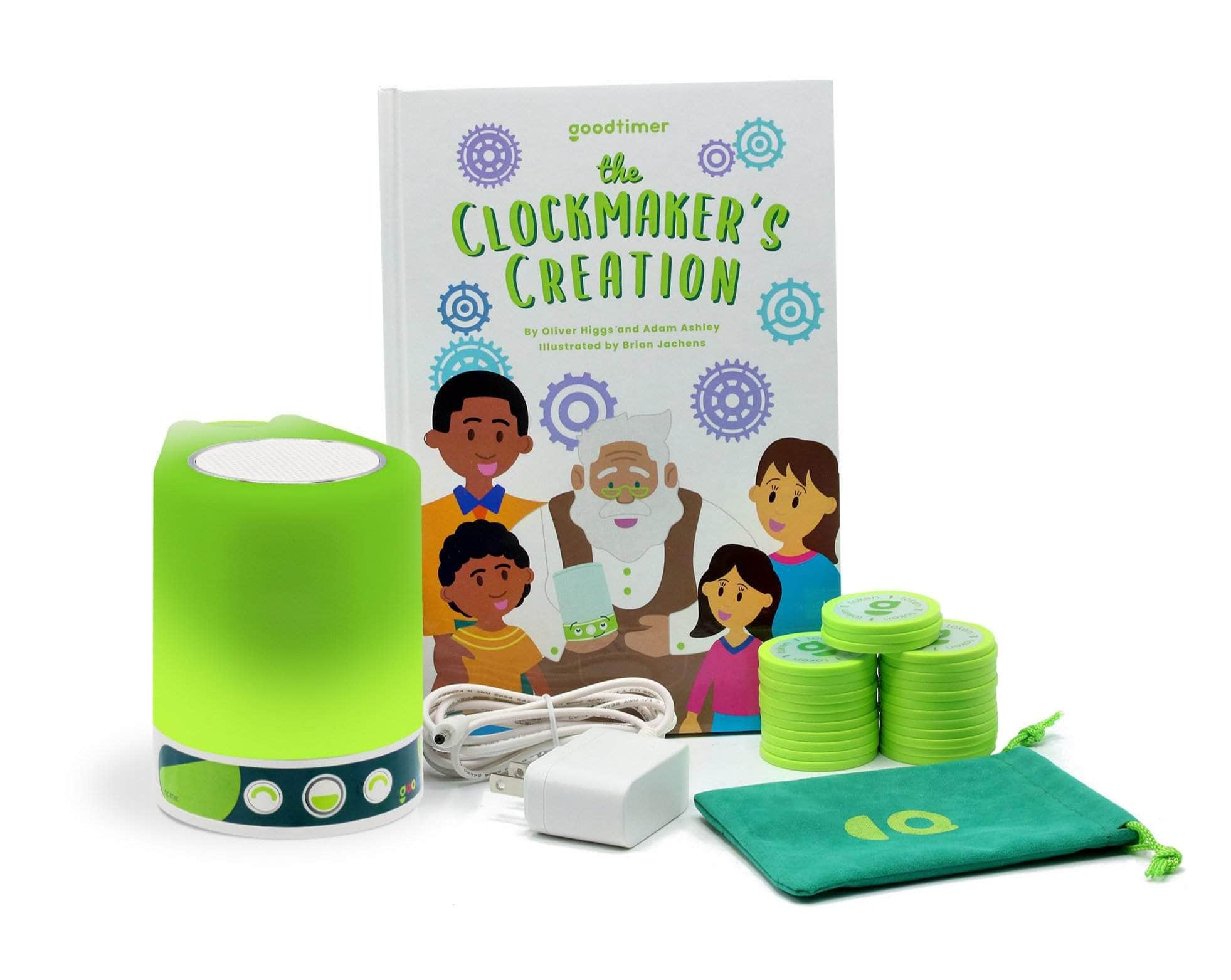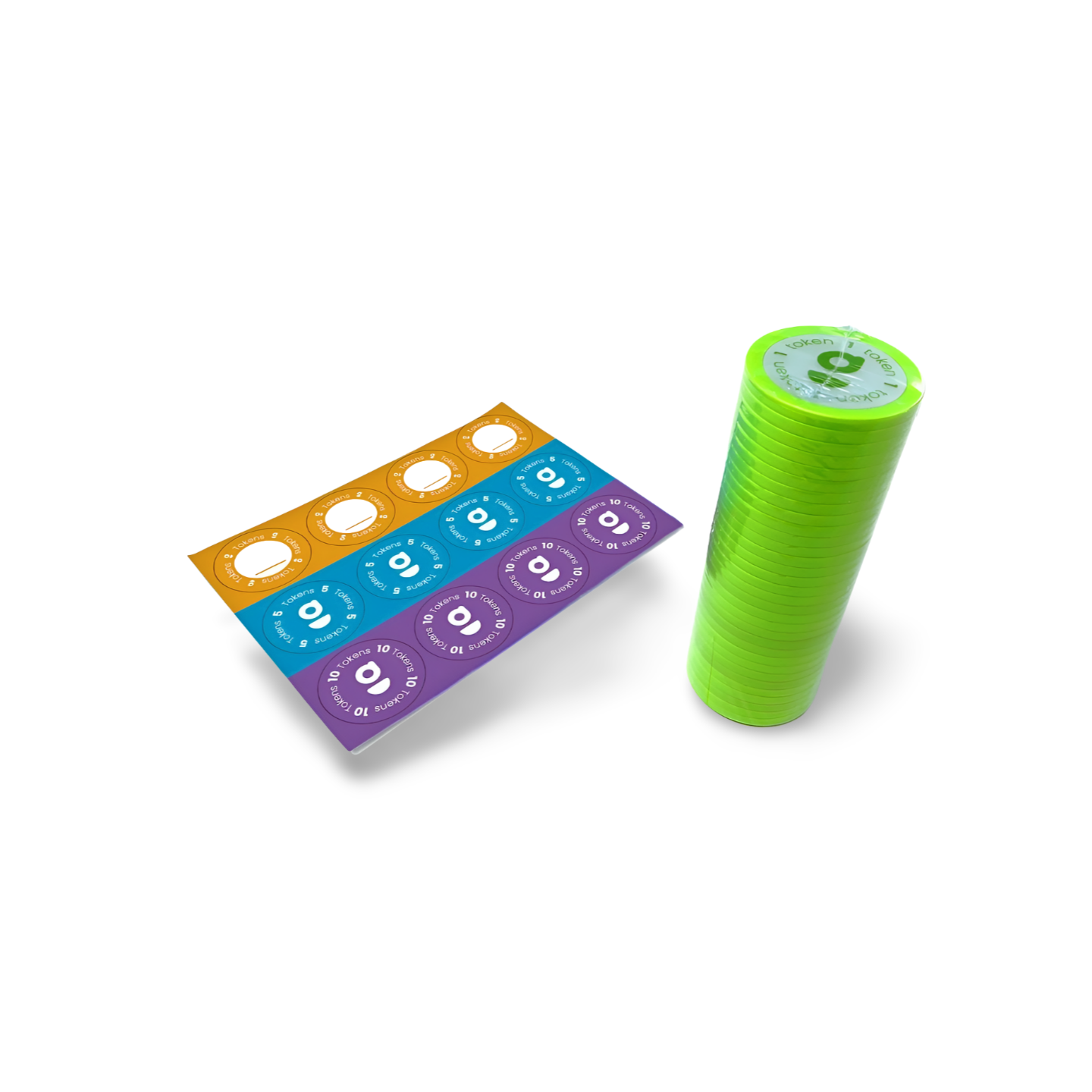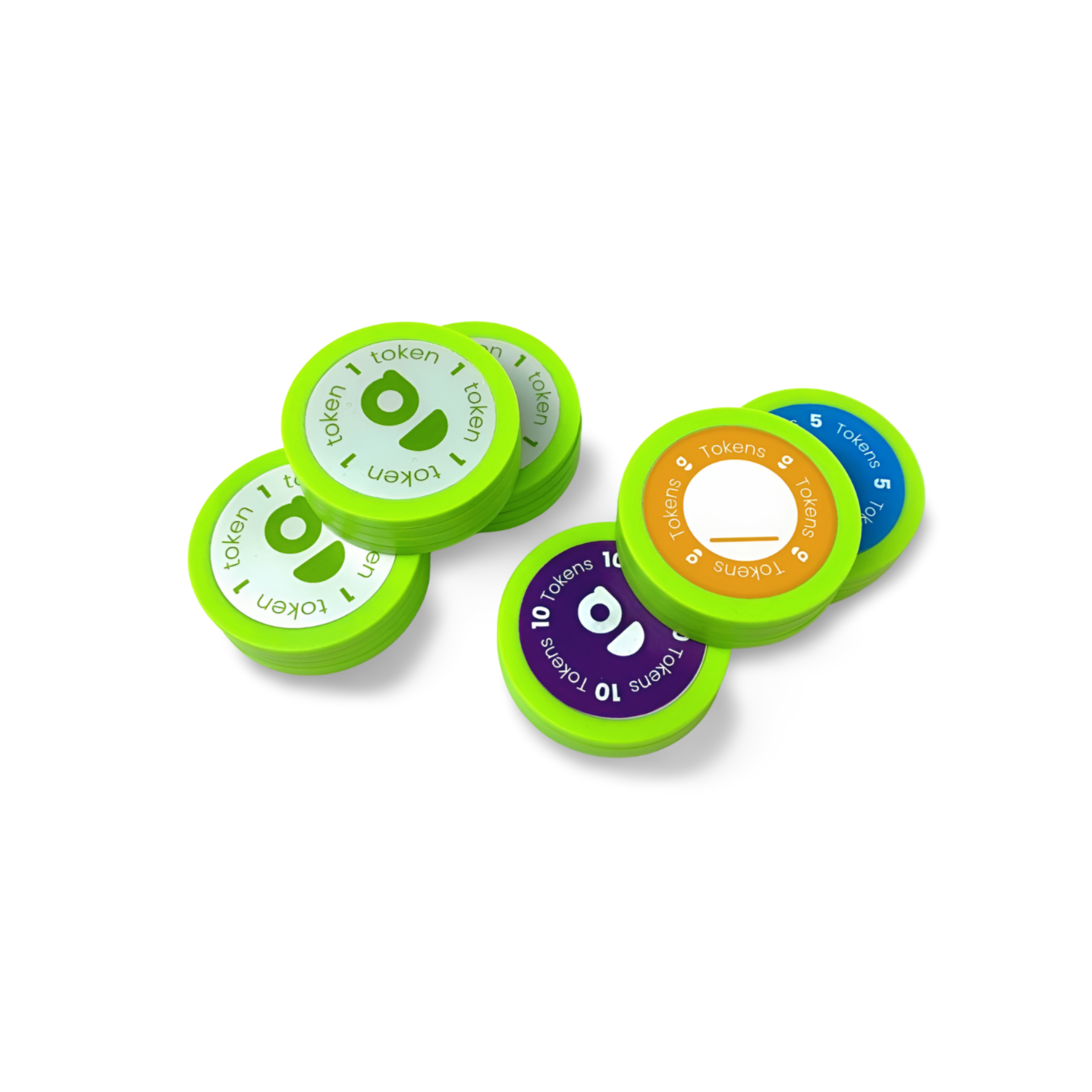Is your child a "picky eater?"
We feel your pain, and we have some tips to help.
While many kids go through phases of liking and disliking certain foods, others are naturally more sensitive to textures, tastes, and smells. But just like many of the challenges parents face, in many cases picky eaters may just be finding their independence via their food choices. A new study sheds light on why some kids are pickier than others, in case you're curious. In the meantime, let’s walk through the latest science and, together, learn how to apply it in our households with empathy and compassion.
Start 'em Young
Again - it is completely normal for children to dislike certain foods…and, as parents, part of our job is to ensure our kids’ diets are(at least somewhat) nutritious. The first key to allowing our children to enjoy a healthy diet is to start them early, meaning before they turn two-years-old. The toddler stage so many of us refer to as the “terrible twos” is not at all about kids suddenly becoming “terrible;” rather, this is the natural point when a toddler begins to grow a sense of independence. In other words, they’re experiencing a positive and necessary (not terrible) progression!
How does this relate to healthy eating habits, you ask? Well, it means that we can reduce our child’s picky behaviors simply by introducing a wide range of fruits and vegetables before they turn two-years-old.
Nutrition recommendations have changed a bit since we were kids, so this is a great opportunity to dive into the latest recommendations. A fun rule of thumb, especially for new eaters, is to fill a plate with an array of colors just like the rainbow. In addition, as long as there’s no choking hazard, give your toddler the same meal that you cooked for the rest of the family so they can get used to flavors and textures early.
Avoid the "Clear Your Plate or Else" Mentality
As a child, do you remember being told to “clear your plate or else”…? Or perhaps your parents said something like, “you get what you get and you don’t get upset!” That style of motivation is actually not recommended as it has been shown to be ineffective. There are two main reasons for this:
- A research study showed that the children of parents who strictly enforced which foods their child could and could not eat were actually more likely to become picky eaters! While forcing a child to eat their lima beans comes from a place of good intentions, it is worth reconsidering how we talk to our kids about food.
- When we tell our children to finish the food on their plates, we are taking away their natural ability to detect internal cues from their body indicating that they are full. By respecting their “hunger” and “fullness” cues while they are young, we can help them develop a healthy relationship to food as fuel and set them up for success in terms of preventing them from having complicated relationships with food in adolescence and adulthood.
Teach your children what healthy eating looks like and why it’s important throughout the day. This way, your child understands that when there’s broccoli and salmon on their plate, eating them will improve their overall health. Create the Goodtimer house rule of “make healthy choices” with your child and agree on an awesome incentive for earning their tokens. Remember too that sometimes, the “healthy” choice means having a cookie because it is what our body wants to enjoy at that moment! Do your best to reward intuitive eating that nourishes your child’s body and soul. Do NOT withhold food as a form of punishment.
Another opportunity to lean into outside of mealtimes is to ask your child to help you create a meal plan for the week. Browse recipes together and involve them in the process of grocery shopping, letting them pick out the prettiest peppers and juiciest-looking apples. Ask for their help in the kitchen, and when mealtime rolls around, if your schedules allow, sit together as a family and enjoy each other’s company. Sitting together without distractions (like television and phones) takes the emphasis away from tastes and textures and onto the social aspect. Lastly, try not to start a fight when your child refuses to eat something. We know, it can be frustrating - and - you should high-five them for trying something new and move on to whatever they are willing to eat. By creating and maintaining this upbeat, light, and positive attitude around food, your child is more likely to follow suit.
On a totally separate note, a child who is throwing a tantrum is exhibiting a behavior issue, not to be lumped in with picky eating issues. Bad behaviors that create a negative experience at mealtimes should be addressed separately from “healthy food choices.” This means noting the behavior-based Goodtimer house rule which was broken and requesting a Goodtimer flip.
Here are our Top Tips to Promote Healthy Eating:
- Be real: Understand that kids may need multiple exposures to a new food before they like it. An exposure can be as simple as looking at the food or trying a small nibble.
- Menu Mixup: Encourage variety in meals to prevent monotony and promote healthy eating. Avoid serving the same food every day.
- Don't Make Separate Meals: Avoid catering to picky preferences. Offer a limited choice of alternative healthy options if the child doesn't like the main meal.
- Offer Healthy Foods: Surround kids with good food options, both at home and when they're outside the kitchen, so they can make healthier choices.
- Note Behavior Issues: Distinguish between behavior problems and picky eating. Deal with behavior issues appropriately, but don't associate them with food negatively.
- Meal Prep with Sous Chefs: Engage children in meal preparation to make them active participants and give them a sense of control over their meals.
- Indulge Appropriately: Instead of forbidding sweets entirely, teach kids to manage their sweet consumption by setting guidelines on when and how they can enjoy them. Try not to label foods as “good” and “bad,” and certainly try to leave your child’s weight out of these conversations. Remember: some foods nourish us, and some foods are plain ol’ yummy!
- Enjoy Mealtimes: Make mealtimes a positive and enjoyable experience for the whole family. Kids are more likely to eat well when they're happy during meals.
- Encourage them to listen to their bodies: the lifelong benefits of honoring a child’s hunger and fullness cues are immeasurable!
Remember, healthy eating should be a joyful and flexible experience for kids and parents alike. The pickiest eaters might need to take time for these changes to settle in, so practice patience and lean on Goodtimer for positive encouragement as your child finds their appreciation for new foods.
Watch the Video:










Leave a comment